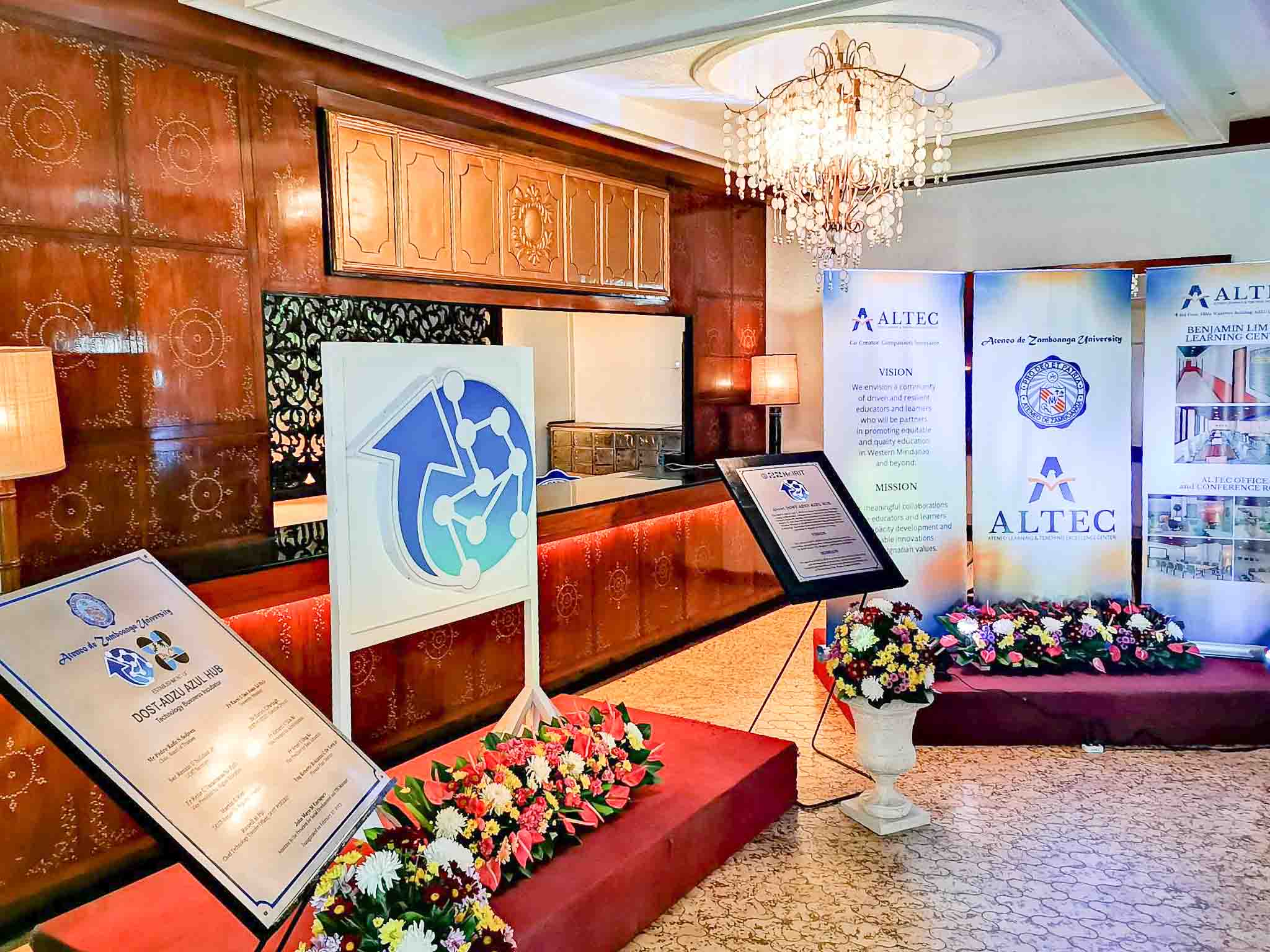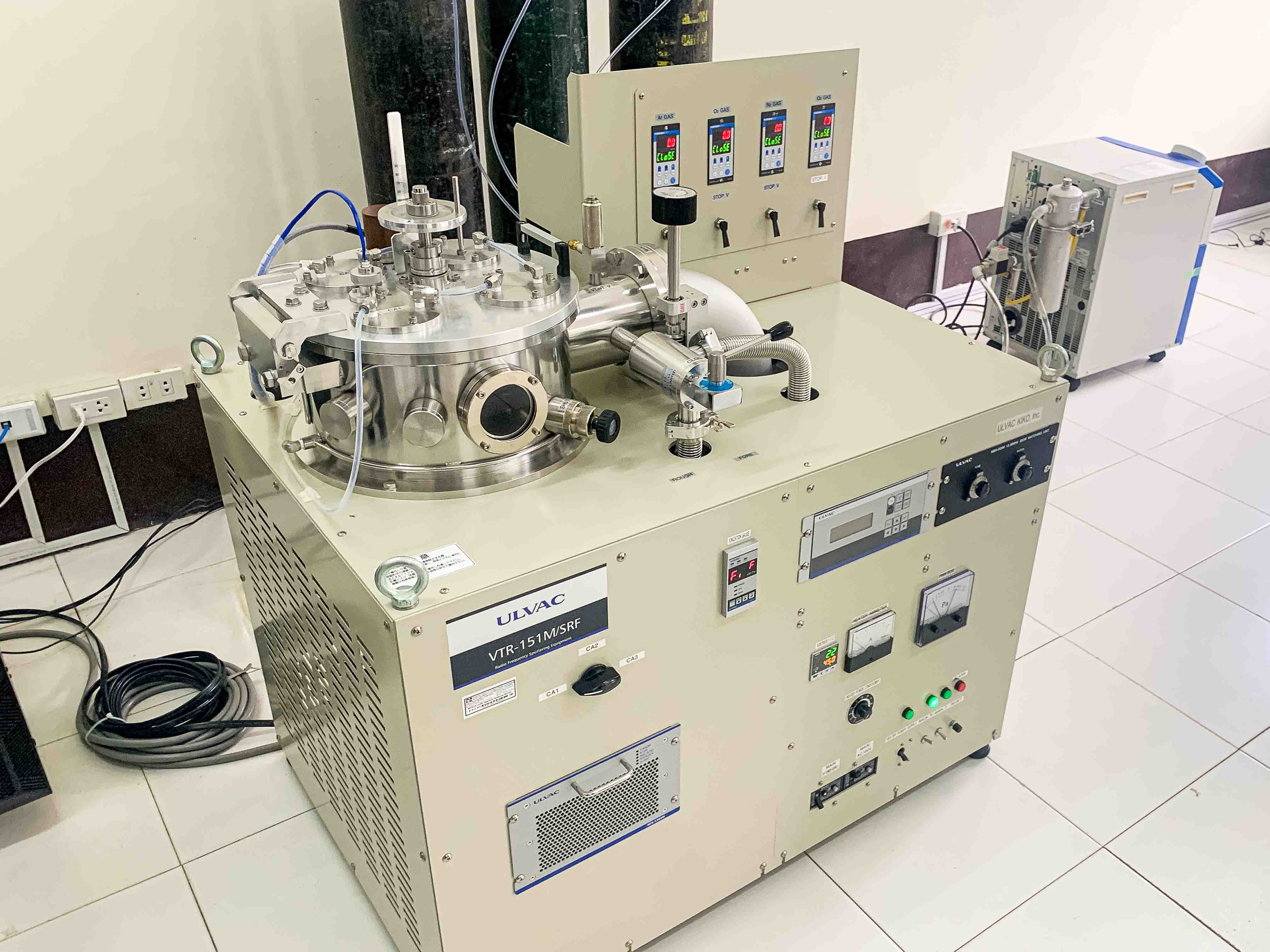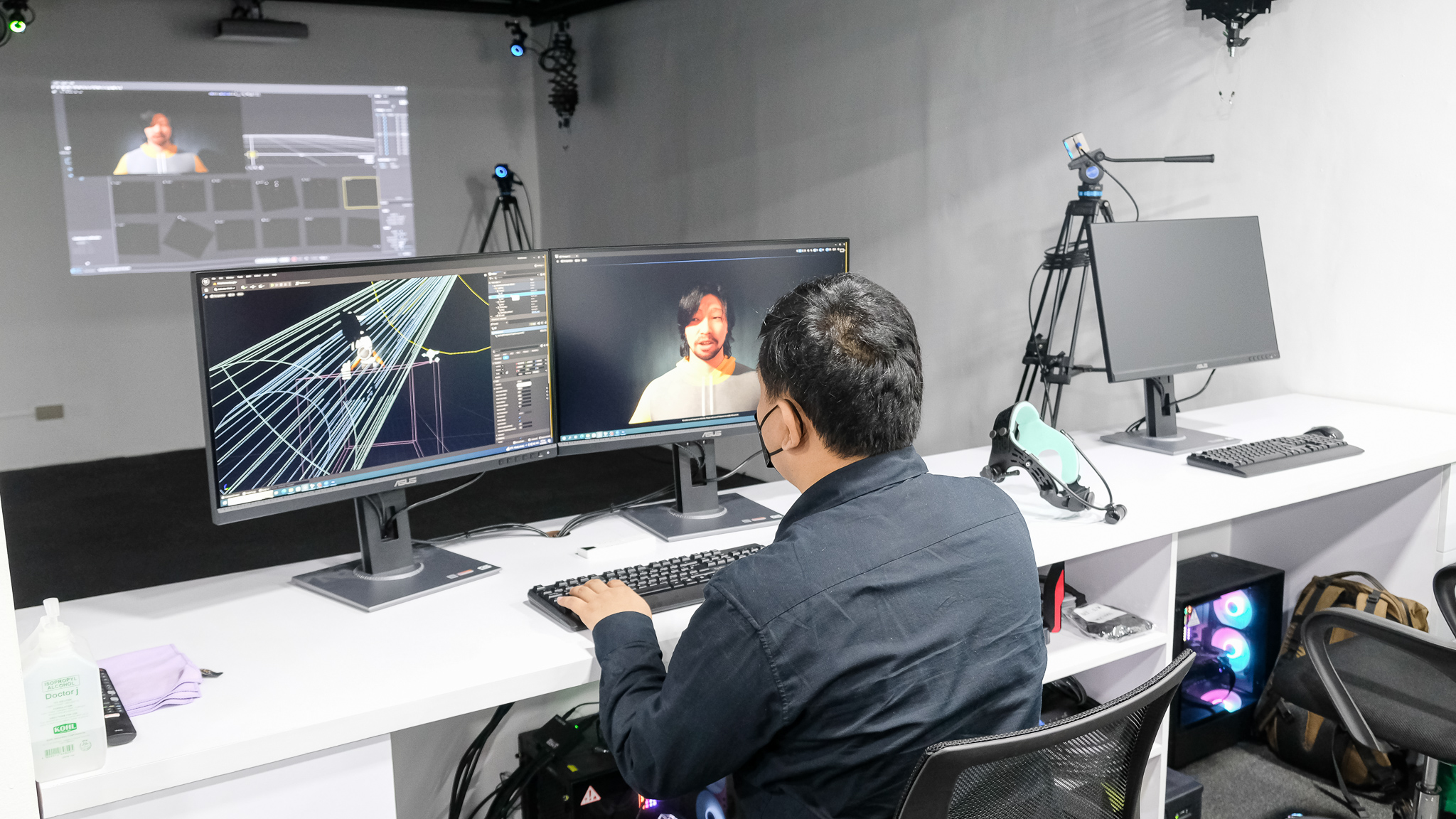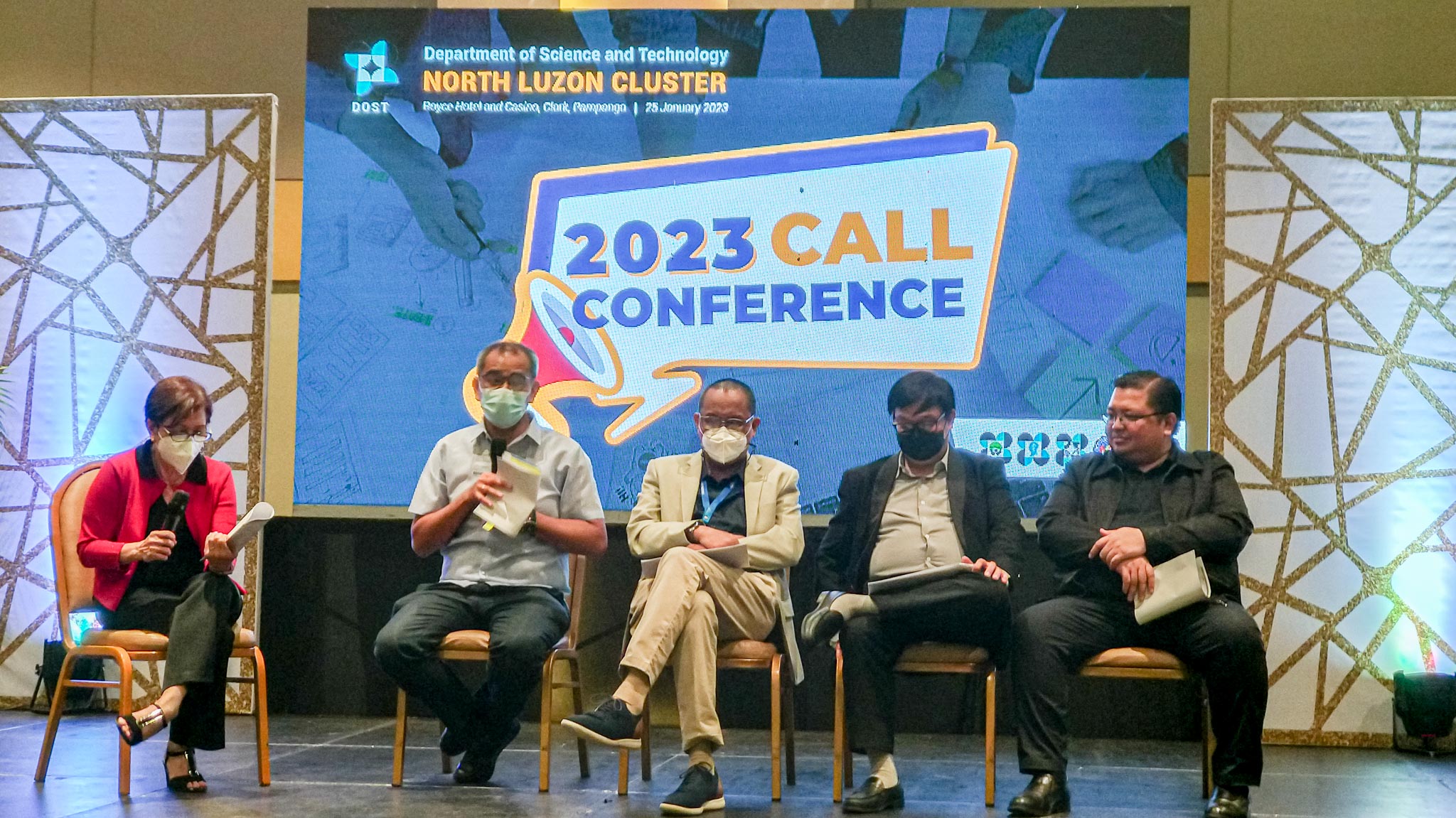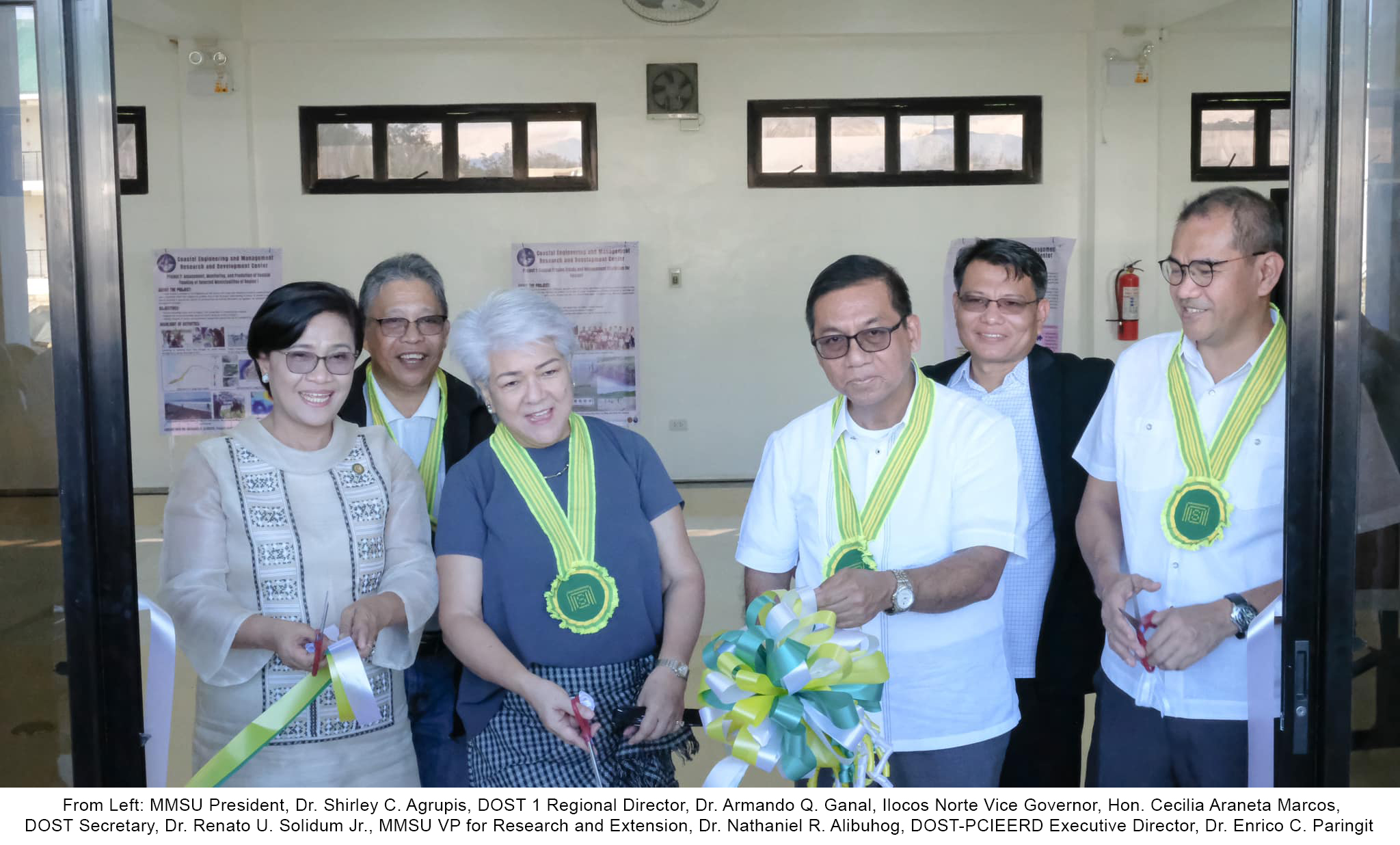Zamboanga City, February 27, 2023— The Department of Science and Technology Philippine Council for Industry, Energy and Emerging Technology Research and Development (DOST-PCIEERD) and the Ateneo de Zamboanga University (AdZU) on Monday inaugurated the P13.9 million Azul Hub Technology Business Incubator (TBI).
The TBI was developed to support the future economic development of Zamboanga City, Region 9, and the Western Bangsamoro Autonomous Region in Muslim Mindanao (BARMM), as well as provide a venue for local business owners to innovate through cutting-edge technologies that can resolve societal and commercial problems.
DOST Secretary Dr. Renato U. Solidum Jr. encouraged innovators in the region to avail of the services that will be provided by the Azul Hub and accelerate wealth creation in their locality.
“This TBI facility will hopefully lead to the growth of an ecosystem for Zamboangenos startups and the promotion of an innovation-friendly culture," emphasized Solidum. "We are optimistic that this can bridge the gap between academic and industrial communities in the area and become a synergy point for their collaboration.”
The Azul Hub was funded by DOST PCIEERD through its Higher Education Institution Readiness for Innovation and Technopreneurship Program, or HEIRIT.
The HeIRIT Program was developed to help universities meet the Council's TBI funding requirements and train their managers to manage their own DOST-affiliated TBIs to meet the growing demand for early-stage entrepreneurial support, particularly in the regions.
Dr. Enrico C. Paringit, Executive Director of DOST-PCIEERD, stressed that the opening of the facility will strengthen the introduction of technopreneurship courses in higher education.
"Azul Hub will place a strong emphasis on capacity building as it mentors and trains young professionals, entrepreneurs, innovators, teachers, students, and incubatees to engage in practical innovation," he said.
Paringit added that "the facility will act as Mindanao's gateway to socioeconomic and entrepreneurial opportunities, stressing the importance of collaboration between academic institutions and business incubators.
Azul Hub is among the 44 TBIs supported by DOST PCIEERD.
